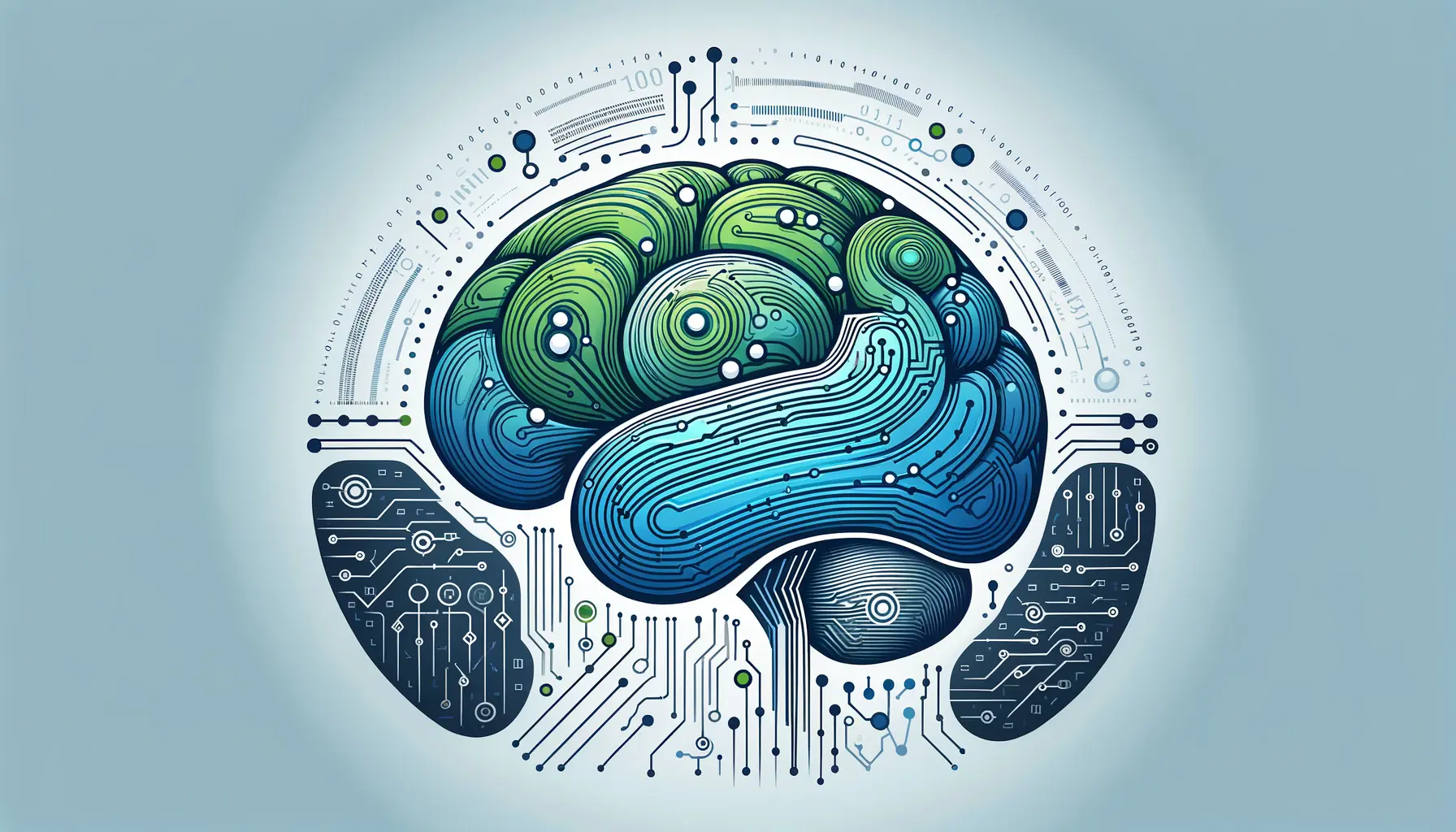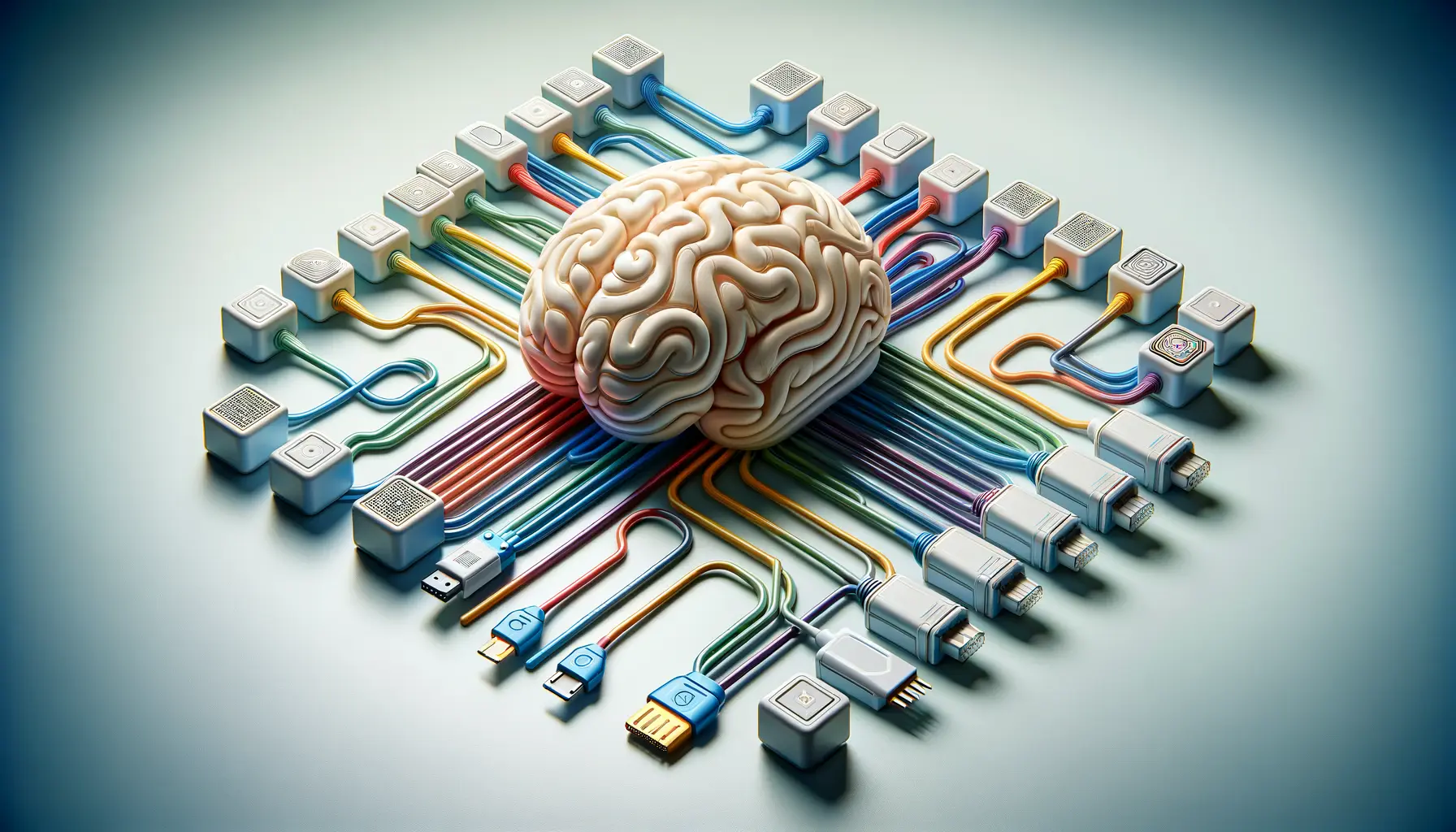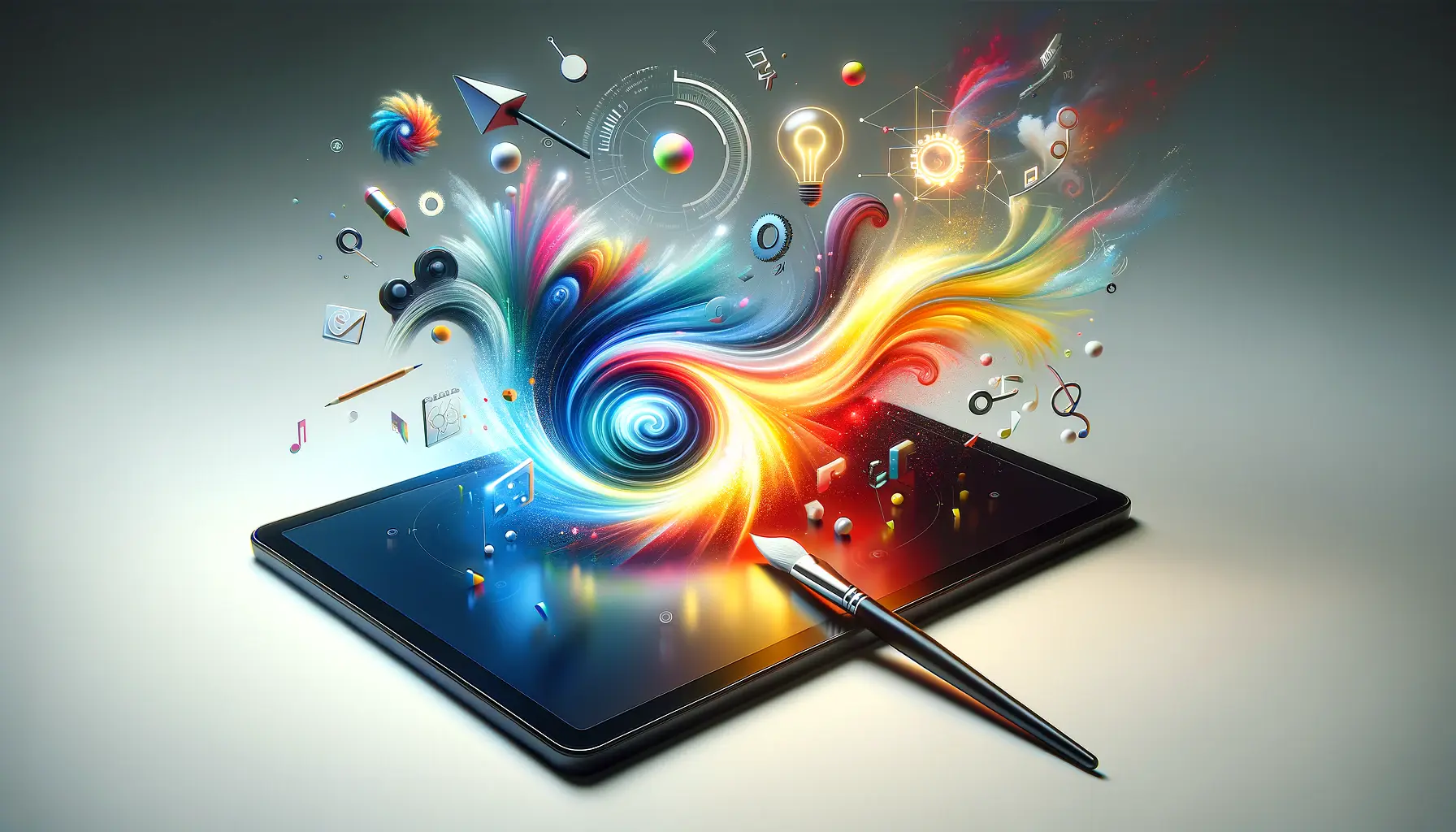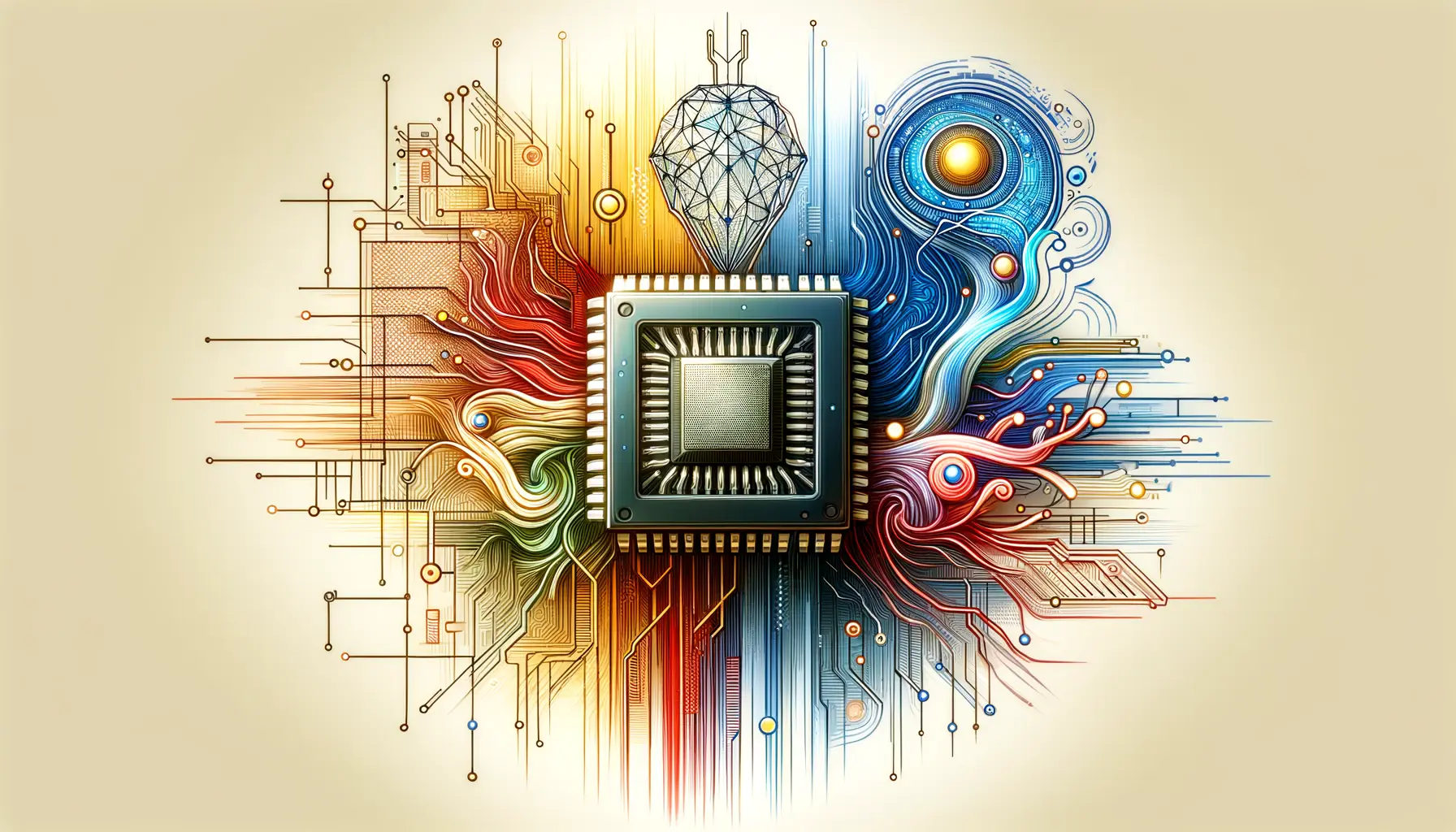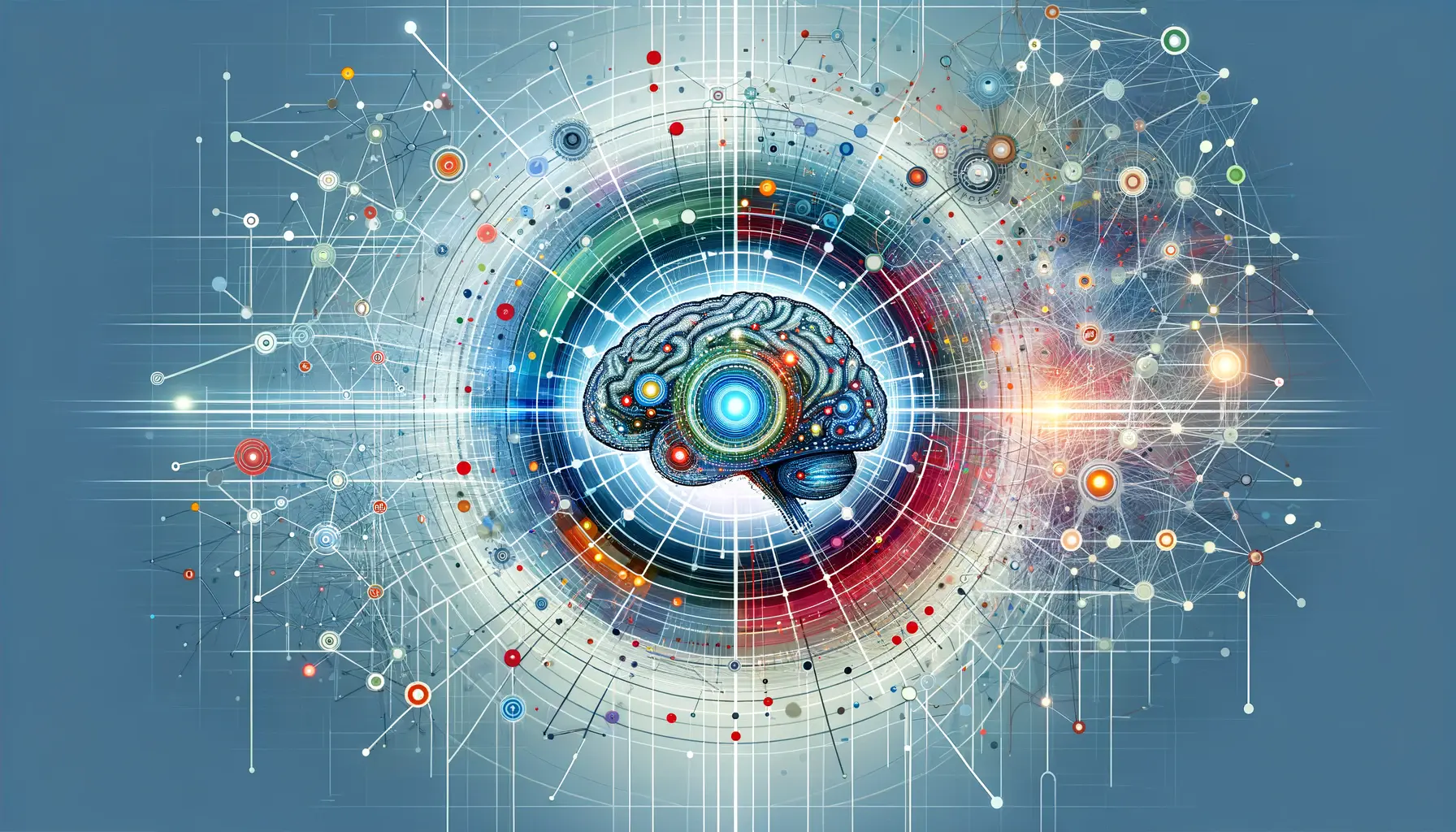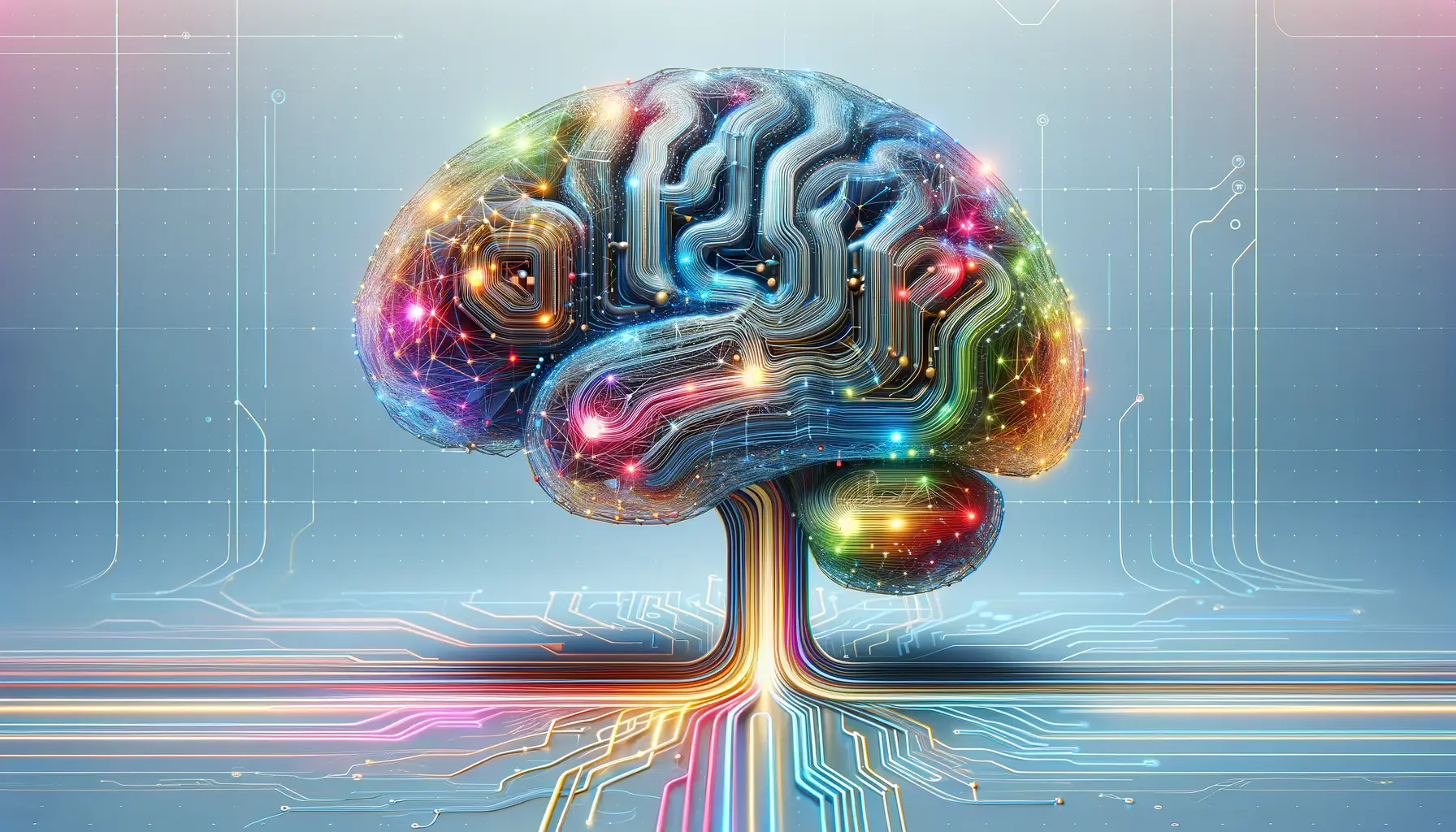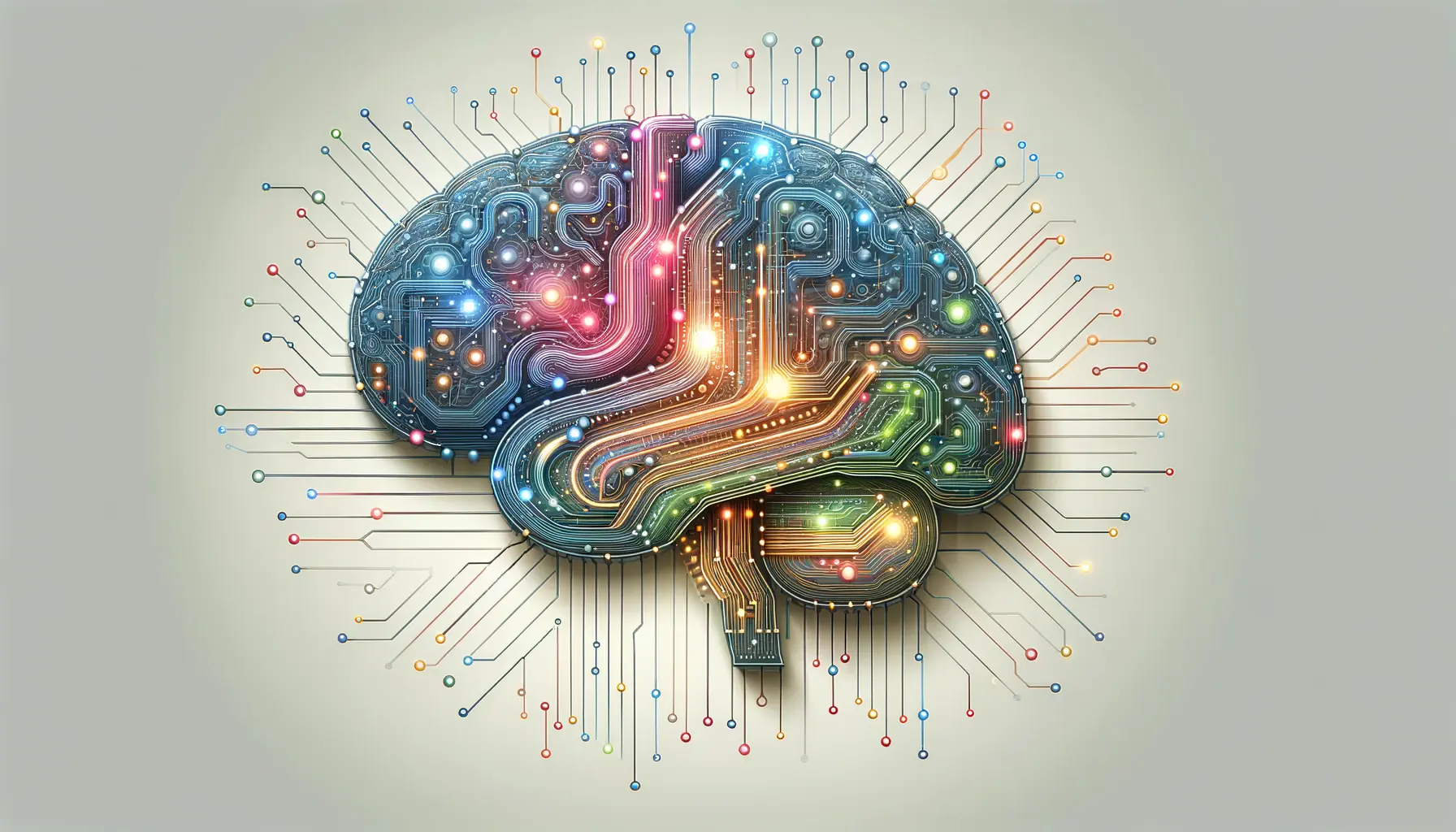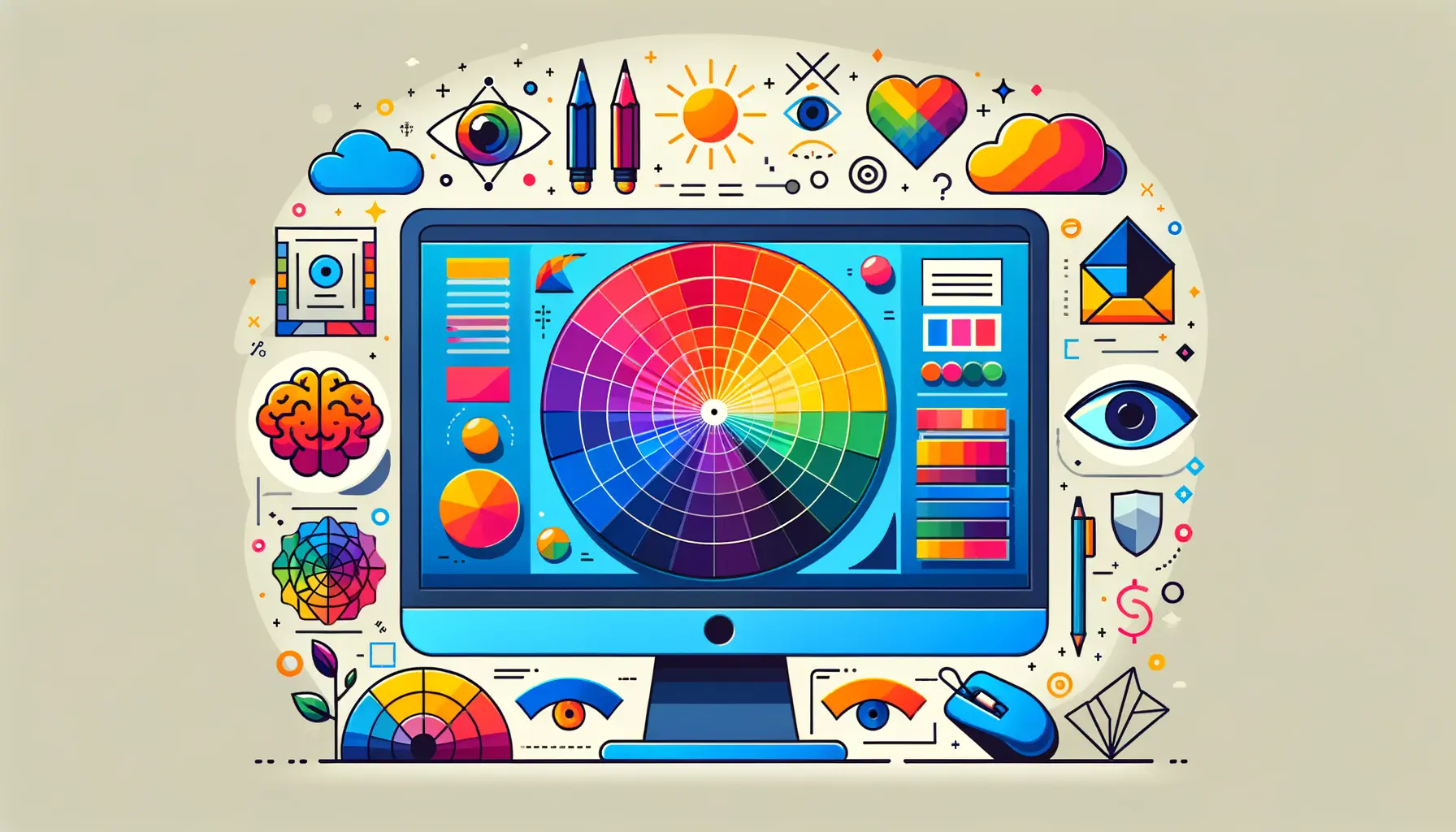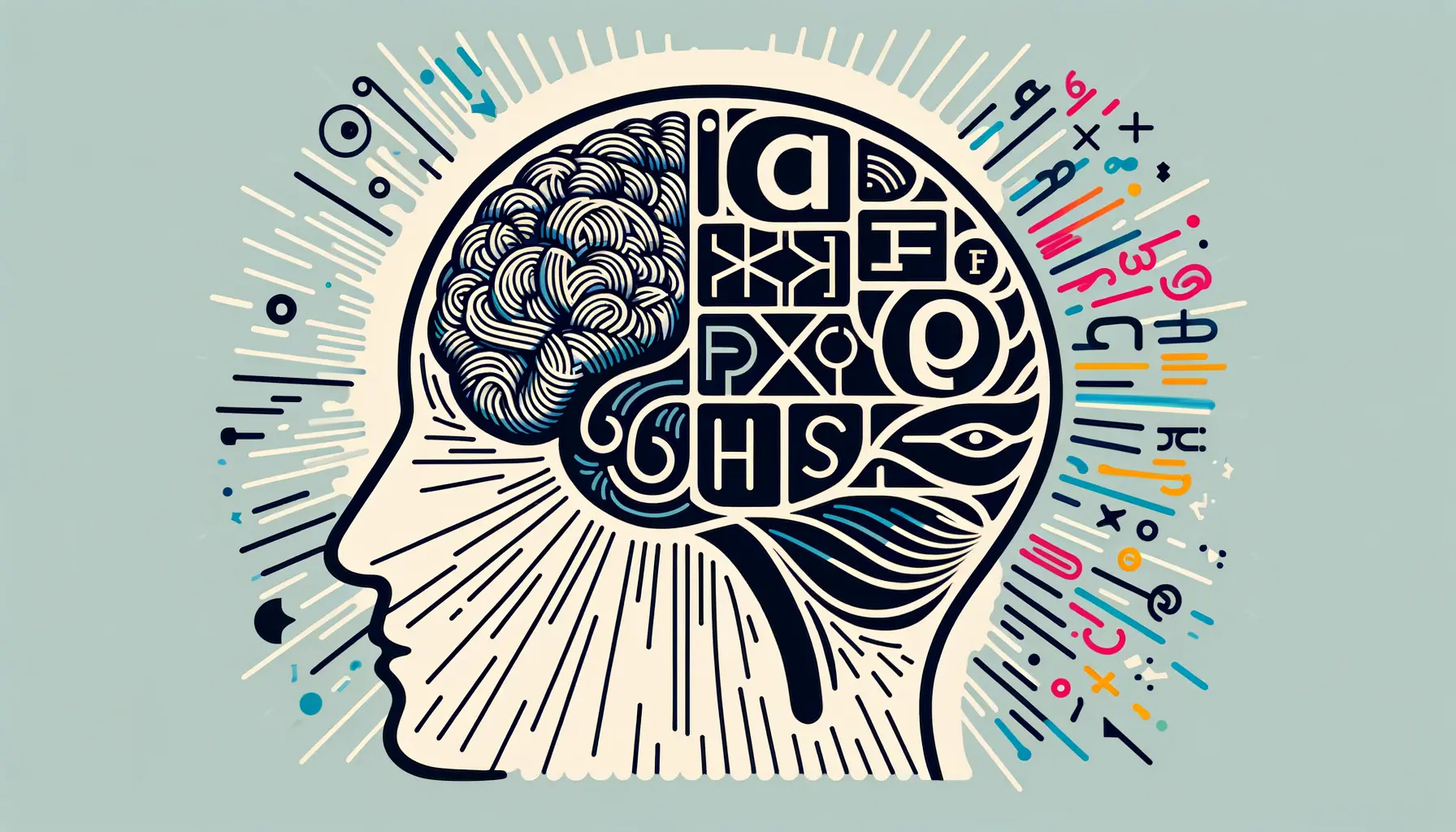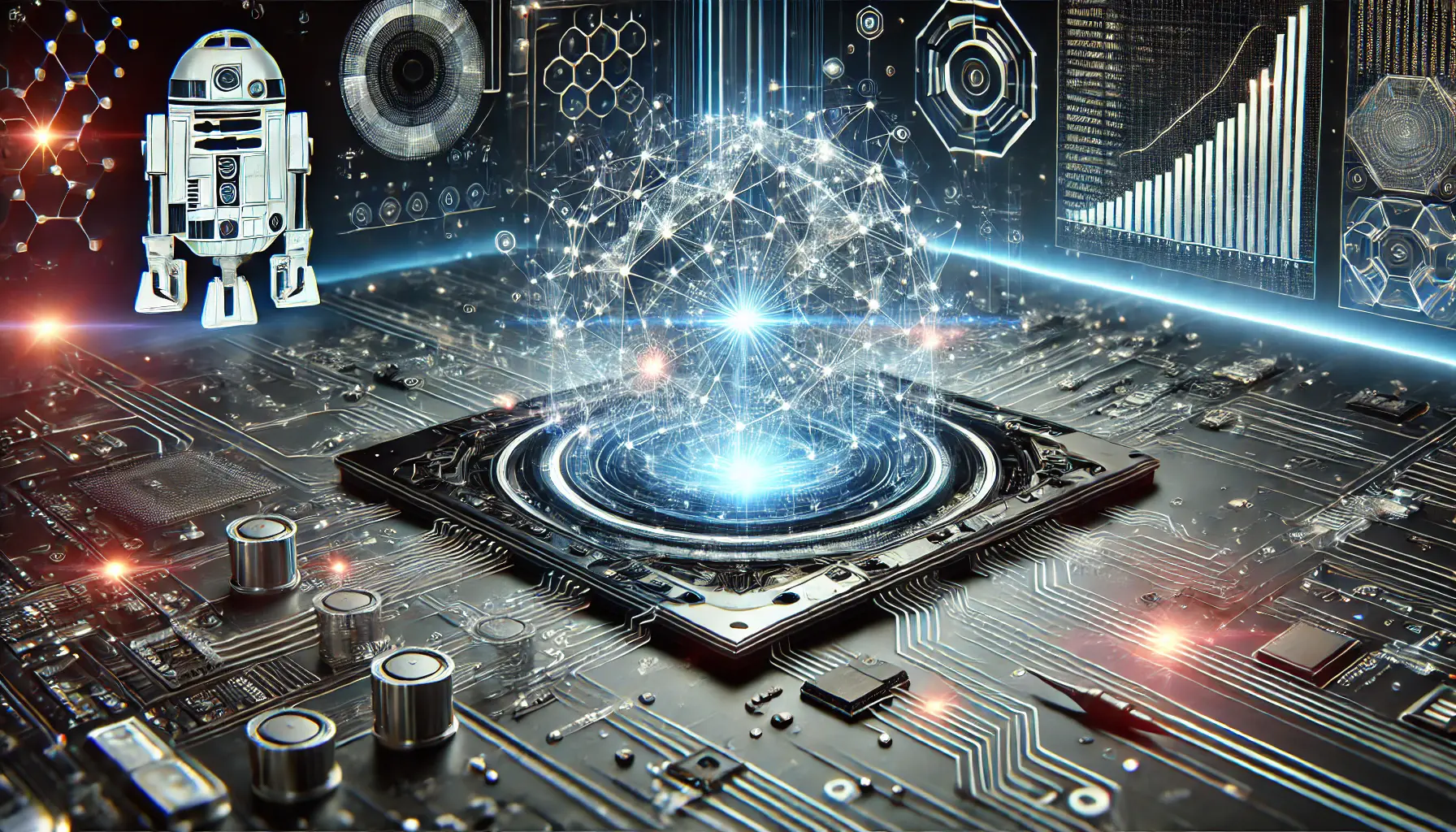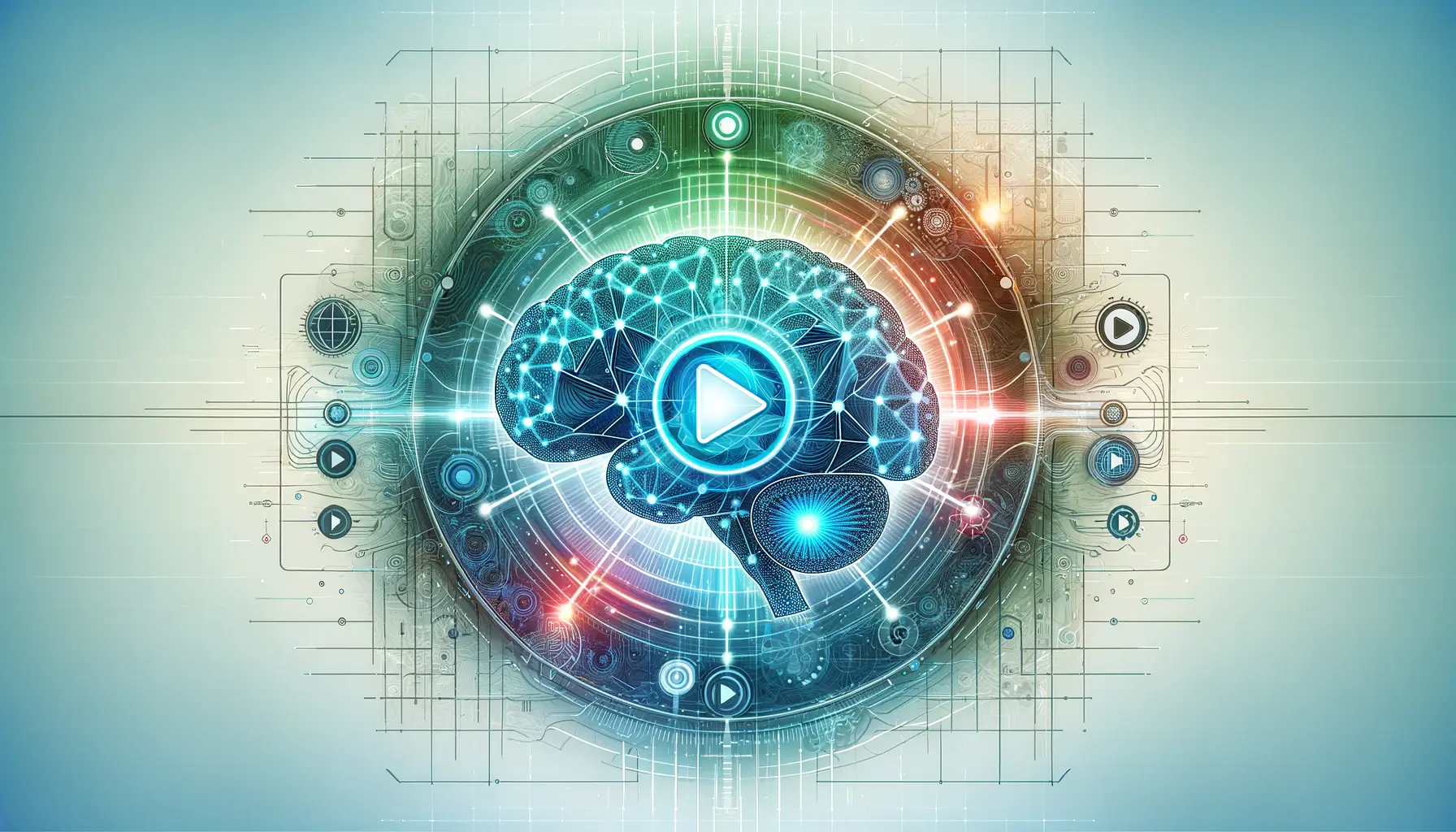The advent of DALL-E, an artificial intelligence model developed by OpenAI, marks a significant milestone in the journey of AI and machine learning.
This groundbreaking technology has the unique ability to generate images from textual descriptions, blending the realms of art and AI in ways previously unimaginable.
The science behind DALL-E’s AI is not just a testament to the advancements in machine learning but also a fascinating exploration into the potential of AI to understand and interpret human language and concepts in visual forms.
At its core, DALL-E leverages a sophisticated blend of natural language processing (NLP) and generative adversarial networks (GANs), pushing the boundaries of what AI can achieve.
This technology’s implications are vast, extending beyond the creation of art to potentially revolutionizing how we interact with computers, enhancing creative processes, and even transforming educational methodologies.
The science behind DALL-E is a compelling narrative of innovation, creativity, and the endless possibilities that AI holds for the future.
- DALL-E’s Science
- The Role of Training Data in DALL-E’s Performance
- Applications and Implications of DALL-E
- Technological Innovations Behind DALL-E
- Future Directions for DALL-E and Generative AI
- Collaborative and Interactive Aspects of DALL-E
- Challenges and Solutions in DALL-E Development
- Embracing the Future with DALL-E’s AI
- DALL-E AI Frequently Asked Questions
DALL-E’s Science
Generative Pretrained Transformer 3 (GPT-3)
DALL-E is built on the foundation of GPT-3, the third iteration of the Generative Pretrained Transformer models developed by OpenAI.
GPT-3’s primary function is to predict the next word in a sequence, making it incredibly powerful for understanding and generating human language.
This capability is crucial for DALL-E, as it allows the model to interpret textual descriptions accurately and generate corresponding images that capture the essence of the text.
The integration of GPT-3 into DALL-E’s architecture enables the model to process complex and abstract concepts contained in textual prompts.
Whether it’s a surreal landscape or a detailed depiction of historical events, DALL-E utilizes GPT-3’s understanding of language to create images that are not only visually appealing but also semantically aligned with the input text.
Diffusion Models in Image Generation
Central to DALL-E’s ability to generate images is its use of diffusion models.
These models work by gradually constructing an image, starting from random noise and progressively adding details until the final image emerges.
This process is akin to an artist starting with a blank canvas and adding strokes of paint to create a masterpiece.
The diffusion model’s iterative approach allows DALL-E to refine the image with each step, ensuring that the generated visuals are coherent and closely match the textual description.
Diffusion models stand out for their capacity to handle ambiguity and generate multiple interpretations of a given text.
This flexibility is vital for creative applications, allowing DALL-E to produce a wide range of images from a single textual prompt.
The model’s ability to navigate the vast landscape of visual possibilities showcases the sophisticated interplay between AI’s understanding of language and its creative expression through images.
The science behind DALL-E’s AI is a blend of GPT-3’s language processing capabilities and the innovative use of diffusion models for image generation, setting a new standard for creativity in AI.
The Role of Training Data in DALL-E’s Performance
The effectiveness of DALL-E’s AI in generating accurate and contextually relevant images from textual descriptions heavily relies on the quality and diversity of its training data.
Training data for DALL-E consists of vast datasets of image-text pairs, where each pair is a combination of a visual image and a descriptive caption.
This data is instrumental in teaching DALL-E the intricate relationships between textual descriptions and their corresponding visual representations.
One of the critical aspects of DALL-E’s training involves the model learning to understand and interpret the nuances of human language, including idioms, metaphors, and abstract concepts.
This understanding is then translated into visual art, demonstrating the model’s ability to bridge the gap between textual and visual languages.
Importance of Diverse and Comprehensive Datasets
- Variety in Visual Styles: Training DALL-E with a wide range of artistic styles and genres ensures that the AI can generate images that span across different artistic expressions, from classical to contemporary and everything in between.
- Understanding Context: Including diverse contexts in the training data helps DALL-E grasp the various settings and backgrounds that images can depict, enhancing its ability to generate contextually appropriate visuals.
- Cultural Sensitivity: A diverse dataset also includes representation from various cultures and traditions, enabling DALL-E to generate images that are culturally sensitive and inclusive.
Challenges in Training Data Collection
Collecting and curating the vast datasets required for training DALL-E presents several challenges.
Ensuring the quality and relevance of image-text pairs is crucial, as any inaccuracies in the data can lead to errors in the generated images.
Additionally, the need for diversity in the dataset requires sourcing images and descriptions from a wide range of domains, which can be a time-consuming and complex process.
Despite these challenges, the meticulous curation of training data is a cornerstone of DALL-E’s success.
By leveraging comprehensive and diverse datasets, DALL-E can achieve remarkable accuracy and creativity in its image generation, pushing the boundaries of AI-driven art.
The training data’s diversity and comprehensiveness are pivotal in shaping DALL-E’s ability to generate images that are not only visually stunning but also culturally and contextually nuanced.
Applications and Implications of DALL-E
The advent of DALL-E’s AI has opened up a plethora of applications that stretch across various sectors, showcasing the versatility and transformative potential of generative AI technologies.
From creative arts to marketing and education, DALL-E’s impact is far-reaching, offering innovative solutions and enhancing creative processes.
However, the implications of such a powerful tool are multifaceted, raising important discussions about the ethical use of AI in creative domains, the future of jobs in industries traditionally reliant on human creativity, and the potential for misuse in generating misleading or harmful content.
Creative Arts and Design
- Artistic Exploration: Artists and designers are using DALL-E to explore new creative territories, combining their artistic vision with AI’s capabilities to create unique and innovative artworks.
- Graphic Design: DALL-E streamlines the graphic design process, enabling designers to quickly generate visual concepts and prototypes based on textual descriptions.
Marketing and Advertising
- Ad Campaigns: Marketers leverage DALL-E to generate creative visuals for advertising campaigns, significantly reducing the time and cost associated with traditional content creation.
- Content Customization: DALL-E’s ability to produce tailored content based on specific prompts allows for highly personalized marketing materials that resonate with targeted audiences.
Educational Tools
- Visual Learning: DALL-E can create detailed illustrations for educational materials, making complex concepts easier to understand through visual aids.
- Interactive Learning: Incorporating DALL-E into educational platforms can lead to interactive learning experiences, where students engage with AI to explore creative and academic subjects.
Ethical Considerations and Challenges
While DALL-E’s capabilities are impressive, they also introduce ethical considerations.
The potential for creating deepfake images or content that infringes on copyright laws poses significant challenges.
Furthermore, the impact of AI on creative professions, where automation could lead to job displacement, requires careful consideration and dialogue within the industry.
Ensuring the responsible use of DALL-E involves setting clear guidelines and ethical standards for its application, emphasizing transparency, consent, and respect for intellectual property rights.
As we navigate the implications of this transformative technology, it is crucial to balance innovation with ethical responsibility, ensuring that DALL-E’s contributions to society are positive and constructive.
The applications of DALL-E in creative arts, marketing, and education highlight its potential to revolutionize industries, while the ethical considerations underscore the need for responsible use of AI technologies.
Technological Innovations Behind DALL-E
The development of DALL-E by OpenAI represents a significant leap forward in the field of artificial intelligence, particularly in the domain of generative AI.
This advancement is underpinned by several key technological innovations that enable DALL-E to interpret textual descriptions and generate corresponding images with remarkable accuracy and creativity.
Understanding these innovations not only sheds light on how DALL-E functions but also highlights the rapid progress being made in AI research and development.
At the heart of DALL-E’s success are breakthroughs in machine learning models, data processing techniques, and the strategic integration of natural language understanding with visual generation capabilities.
These innovations collectively contribute to DALL-E’s ability to push the boundaries of what AI can achieve in creative tasks.
Advanced Neural Network Architectures
The foundation of DALL-E’s image generation capabilities lies in its use of cutting-edge neural network architectures.
These include transformer models known for their effectiveness in processing sequential data, such as text, and convolutional neural networks (CNNs), which excel in analyzing visual imagery.
By combining these architectures, DALL-E benefits from the strengths of both, enabling it to understand complex textual inputs and translate them into detailed visual outputs.
The transformer component of DALL-E, adapted from GPT-3, allows the model to grasp the nuances of language, including context, syntax, and semantics.
This understanding is crucial for accurately interpreting the descriptions provided to it.
Meanwhile, the CNN component excels in handling the spatial hierarchies of images, making it possible for DALL-E to generate visuals that are coherent and aesthetically pleasing.
Enhanced Data Processing Techniques
Data processing plays a pivotal role in training DALL-E, requiring sophisticated techniques to manage and learn from the vast datasets of image-text pairs.
OpenAI has developed advanced data preprocessing methods to clean, categorize, and augment the training data, ensuring that DALL-E is exposed to a wide variety of examples.
This diversity in training data is essential for the model’s ability to generate images across a broad spectrum of styles and subjects.
Moreover, OpenAI has implemented efficient data sampling strategies that allow DALL-E to learn from the most informative examples, optimizing the training process.
These techniques ensure that the model can effectively capture the relationships between text and images, even when dealing with abstract concepts or intricate details.
Integration of Language and Image Generation
A key innovation in DALL-E’s development is the seamless integration of language understanding and image generation processes.
This integration is achieved through a sophisticated model architecture that processes textual descriptions and visual content in a unified framework.
By doing so, DALL-E can maintain a high level of coherence between the input text and the generated image, ensuring that the final output accurately reflects the described concept.
This integration also allows for iterative refinement of the generated images.
DALL-E can adjust the visual details based on the textual context, enhancing the relevance and quality of the images.
This iterative process is a testament to the model’s advanced understanding of both language and visual information, setting a new standard for AI-driven creativity.
The technological innovations behind DALL-E, including advanced neural network architectures, enhanced data processing techniques, and the integration of language and image generation, underscore the model’s groundbreaking capabilities in AI-driven image creation.
Future Directions for DALL-E and Generative AI
The emergence of DALL-E as a powerful tool in generative AI has not only captivated the imagination of artists, designers, and technologists but also opened up new avenues for research and application in the field.
As we look to the future, several key directions are emerging for DALL-E and generative AI technologies.
These future pathways highlight the potential for further innovation, broader applications, and the ongoing evolution of AI’s role in creative and analytical tasks.
Exploring these future directions is essential for understanding the trajectory of generative AI and its potential impact on various sectors, including art, education, entertainment, and more.
The continuous development of DALL-E and similar technologies promises to reshape our interaction with AI, offering new tools for creativity and problem-solving.
Enhancements in AI Creativity and Flexibility
- Improved Understanding of Context: Future versions of DALL-E are expected to exhibit a deeper understanding of context and abstract concepts, enabling even more accurate translations of textual descriptions into images.
- Greater Creative Range: By expanding the training datasets and refining the model’s algorithms, DALL-E can offer a wider range of artistic styles and creative outputs, catering to an even broader set of preferences and purposes.
Expanding Applications Beyond Art
- Educational Content Creation: DALL-E’s ability to generate illustrative content can be harnessed for creating educational materials, making learning more engaging and accessible.
- Scientific Visualization: Generative AI can play a significant role in visualizing complex scientific data and concepts, aiding in research and understanding across various scientific fields.
Addressing Ethical and Societal Implications
- Copyright and Intellectual Property: As DALL-E generates images based on existing art and media, addressing copyright concerns and ensuring fair use will be crucial.
- Preventing Misuse: Ensuring that generative AI technologies like DALL-E are used responsibly to prevent the creation of misleading or harmful content is a priority for developers and regulators alike.
Integration with Other AI Technologies
The future of DALL-E also involves its integration with other AI technologies, such as virtual reality (VR), augmented reality (AR), and natural language processing (NLP) systems.
This integration can lead to the development of immersive experiences, interactive storytelling, and advanced user interfaces that seamlessly blend visual content with interactive elements.
As DALL-E and generative AI continue to evolve, the potential for innovation is boundless.
The ongoing research and development in this field are set to unlock new capabilities, making AI an even more integral part of creative and analytical processes.
The future directions for DALL-E and generative AI are not just about enhancing the technology itself but also about exploring how these advancements can benefit society, foster creativity, and address the ethical considerations that come with such powerful tools.
The future of DALL-E and generative AI lies in enhancing creativity, expanding applications, addressing ethical concerns, and integrating with other technologies, promising a transformative impact across various domains.
Collaborative and Interactive Aspects of DALL-E
The introduction of DALL-E into the realm of artificial intelligence and creative generation has not only showcased the standalone capabilities of AI but also opened up new possibilities for collaboration and interaction between humans and AI.
This collaborative potential of DALL-E extends beyond mere content creation, fostering a symbiotic relationship where both human creativity and AI’s computational power are leveraged to explore new creative frontiers.
As we delve into the collaborative and interactive aspects of DALL-E, it becomes evident that this technology is not just a tool for generating images but a platform for enhancing human creativity, enabling personalized experiences, and facilitating educational opportunities.
Enhancing Human Creativity
- By providing instant visual representations of ideas, DALL-E acts as a catalyst for creative thinking, allowing artists and designers to visualize concepts and iterate on them in real-time.
- The technology serves as a source of inspiration, generating unexpected visual outcomes that can spark new ideas and directions in creative projects.
Personalized User Experiences
- DALL-E’s ability to generate images based on specific prompts enables the creation of highly personalized content, tailored to individual preferences and requests.
- This personalization extends to various applications, from custom artwork and design to personalized educational materials that cater to the learner’s interests and needs.
Facilitating Educational Opportunities
- In educational settings, DALL-E can be used to create visual aids and materials that enhance learning, making abstract concepts more tangible and understandable through visualization.
- The interactive nature of DALL-E allows students to engage directly with the technology, using it as a tool for exploration and discovery across subjects and disciplines.
Future Collaborative Platforms
Looking ahead, the collaborative potential of DALL-E is poised to expand further with the development of platforms and interfaces designed for seamless human-AI collaboration.
These platforms will enable users to interact with DALL-E in more intuitive and dynamic ways, incorporating feedback loops that allow for the co-creation of content that reflects both human intention and AI’s generative capabilities.
The collaborative and interactive aspects of DALL-E highlight the technology’s role not just as a creator but as a collaborator, enhancing human creativity, personalizing user experiences, and facilitating educational opportunities.
As DALL-E continues to evolve, its potential to transform the way we think about and engage with creative processes is boundless, promising a future where human and AI collaboration opens up new realms of possibility.
The collaborative potential of DALL-E lies in its ability to enhance human creativity, offer personalized experiences, and facilitate educational opportunities, setting the stage for future platforms that foster human-AI co-creation.
Challenges and Solutions in DALL-E Development
The journey of developing DALL-E, OpenAI’s groundbreaking AI capable of generating images from textual descriptions, has been marked by significant challenges.
These hurdles span technical, ethical, and practical domains, reflecting the complexities involved in creating an AI system that not only understands and interprets human language but also translates it into visual art.
Addressing these challenges is crucial for advancing DALL-E’s capabilities and ensuring its responsible use.
As we explore the challenges encountered during DALL-E’s development, it’s important to recognize the innovative solutions and ongoing efforts by researchers and developers to overcome these obstacles, paving the way for more advanced and ethical generative AI systems.
Technical Challenges in Image Generation
- Accuracy and Relevance: Ensuring that generated images accurately reflect the textual descriptions requires sophisticated understanding of language and context, a challenge that necessitates continuous refinement of the model’s natural language processing capabilities.
- Handling Ambiguity: Textual descriptions can be ambiguous or open to interpretation, posing a challenge for generating images that meet user expectations. Developing algorithms that can navigate such ambiguity is a key focus area.
Ethical Considerations
- Preventing Misuse: There’s a risk that DALL-E could be used to create deceptive or harmful content. Implementing robust content moderation and usage guidelines is essential to mitigate this risk.
- Intellectual Property Rights: DALL-E’s ability to generate images based on existing artworks and media raises questions about copyright and intellectual property. Developing policies that respect creators’ rights while fostering innovation is a critical challenge.
Practical Applications and Accessibility
- Broadening Access: Making DALL-E accessible to a wider audience, including artists, educators, and businesses, requires user-friendly interfaces and platforms that facilitate easy interaction with the AI.
- Application in Diverse Fields: Identifying and developing applications of DALL-E beyond art and design, such as in education, marketing, and research, involves understanding user needs and creating tailored solutions.
Ongoing Development and Research
The development of DALL-E is an ongoing process, with researchers and developers continuously working to address the challenges mentioned above.
Through innovative solutions, such as improving the model’s language understanding, enhancing content moderation techniques, and exploring new applications, the potential of DALL-E and generative AI continues to grow.
The commitment to ethical AI development and the pursuit of practical applications that benefit society are central to realizing the full potential of DALL-E.
As we navigate these challenges and solutions, the journey of DALL-E development offers valuable insights into the future of AI, highlighting the importance of interdisciplinary collaboration, ethical considerations, and user-centric design in creating technologies that enhance human creativity and knowledge.
Overcoming the challenges in DALL-E development requires a multifaceted approach, addressing technical accuracy, ethical considerations, and practical applications to unlock the full potential of generative AI.
Embracing the Future with DALL-E’s AI
The exploration of DALL-E’s AI unveils a fascinating intersection of technology and creativity, where the boundaries of art and artificial intelligence blur.
This groundbreaking technology by OpenAI has not only demonstrated the potential of AI to understand and interpret human language in visual formats but also opened up new avenues for creative expression, problem-solving, and interactive learning.
As we delve into the future possibilities and challenges that DALL-E presents, it becomes clear that this technology is more than just a tool for image generation; it’s a catalyst for innovation across various domains.
The Path Forward for DALL-E
- Continued advancements in natural language processing and image generation algorithms will further enhance DALL-E’s ability to produce more accurate and contextually relevant images.
- Expanding the application of DALL-E beyond the realm of art into fields such as education, marketing, and scientific research will showcase the versatility and utility of generative AI technologies.
- Addressing ethical considerations, including copyright issues and the potential for misuse, will be crucial in ensuring that DALL-E’s development aligns with societal values and norms.
Envisioning a Collaborative Future
The collaborative potential between humans and DALL-E’s AI opens up exciting prospects for co-creation, where the intuitive insights of human creativity are enhanced by the computational efficiency of AI.
This symbiosis promises to unlock new creative possibilities, making art and design more accessible and inclusive.
Moreover, the integration of DALL-E with educational tools and platforms can revolutionize the way we learn and teach, making complex concepts more understandable through visual aids.
Navigating Challenges with Responsibility
As we embrace the opportunities that DALL-E offers, it is imperative to navigate the challenges with a sense of responsibility and ethical consideration.
The development and application of DALL-E must be guided by principles that prioritize the well-being of individuals and communities, respect for intellectual property, and the prevention of harm.
By fostering an environment of transparency, collaboration, and ethical use, we can ensure that DALL-E and similar generative AI technologies contribute positively to society.
In conclusion, the science behind DALL-E’s AI represents a remarkable achievement in the field of artificial intelligence, offering a glimpse into a future where AI’s role extends beyond analytical tasks to encompass creative and collaborative endeavors.
As we continue to explore and refine this technology, the potential for innovation is limitless.
By addressing the challenges and harnessing the opportunities that DALL-E presents, we can look forward to a future where AI not only augments human creativity but also inspires us to reimagine the possibilities of what we can achieve together.
DALL-E AI Frequently Asked Questions
Explore the most common inquiries about DALL-E AI, providing insights into its capabilities, usage, and ethical considerations.
Yes, DALL-E can be used for commercial uses, including NFTs and freelancing, allowing for the sale of generated images.
The DALL-E API provides integration for image generation capabilities and can be accessed through OpenAI’s platform.
Crediting DALL-E in your work is recommended, especially when images created by it are used publicly or commercially.
Access to DALL-E 2 can be obtained through OpenAI’s official channels, with specific guidelines for usage and access.
The DALL-E API allows users to integrate state-of-the-art image generation into their applications or platforms.
No, DALL-E’s knowledge is based on its training data and does not include real-time updates on current events.
The more specific the prompts, the better DALL-E can generate images that closely match your creative vision.
Effectively using DALL-E 2 involves providing detailed prompts and exploring its capabilities through trial and error.
